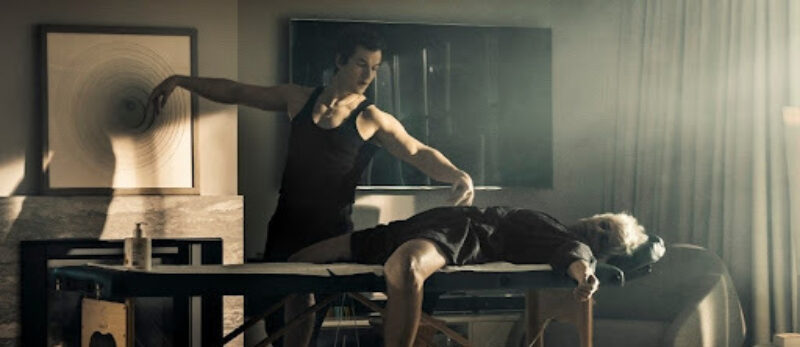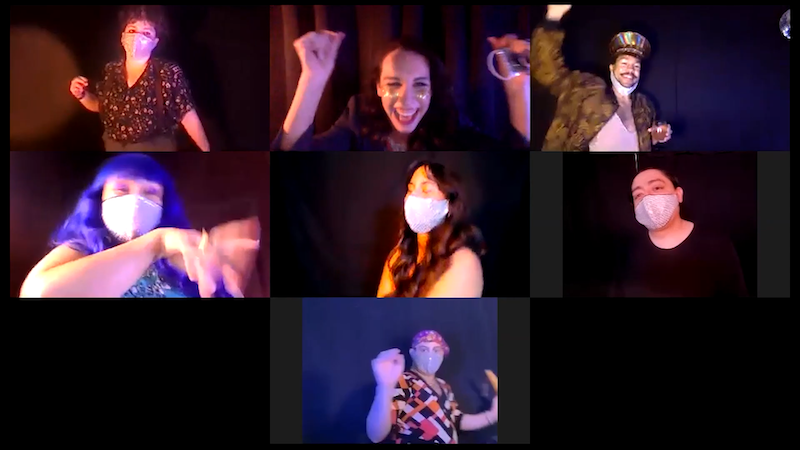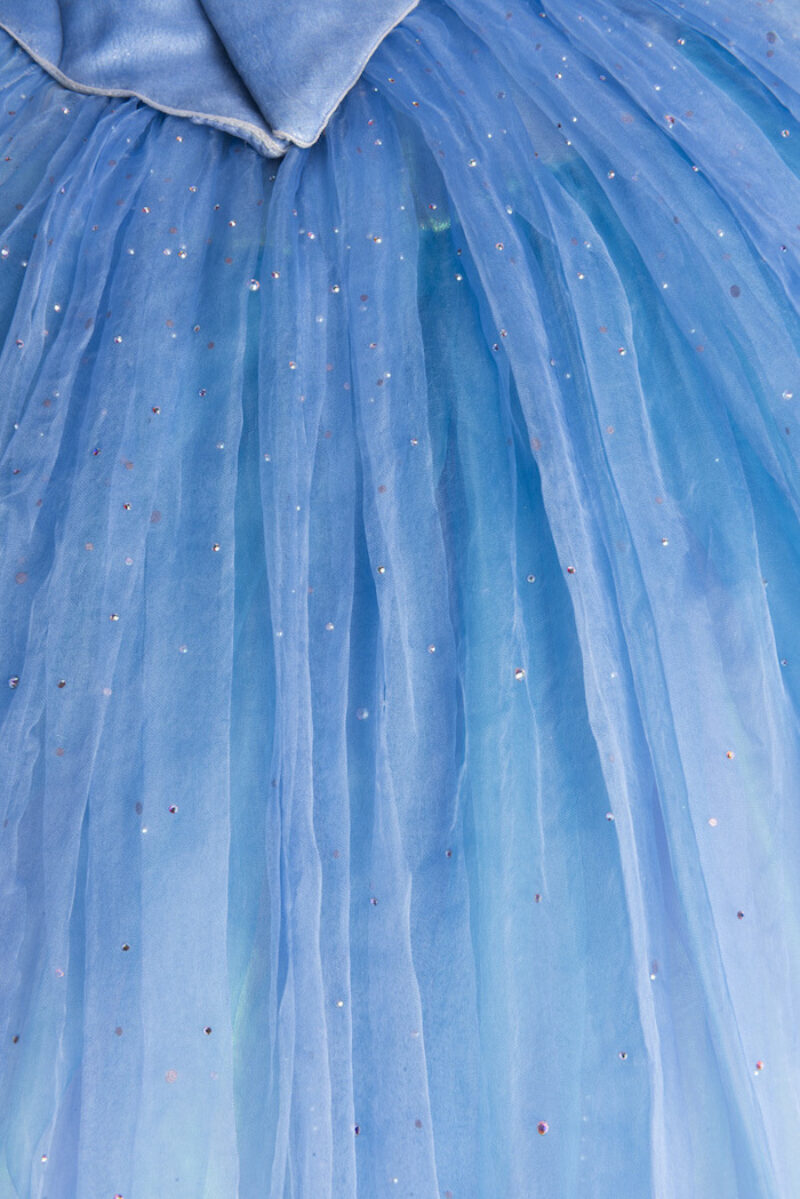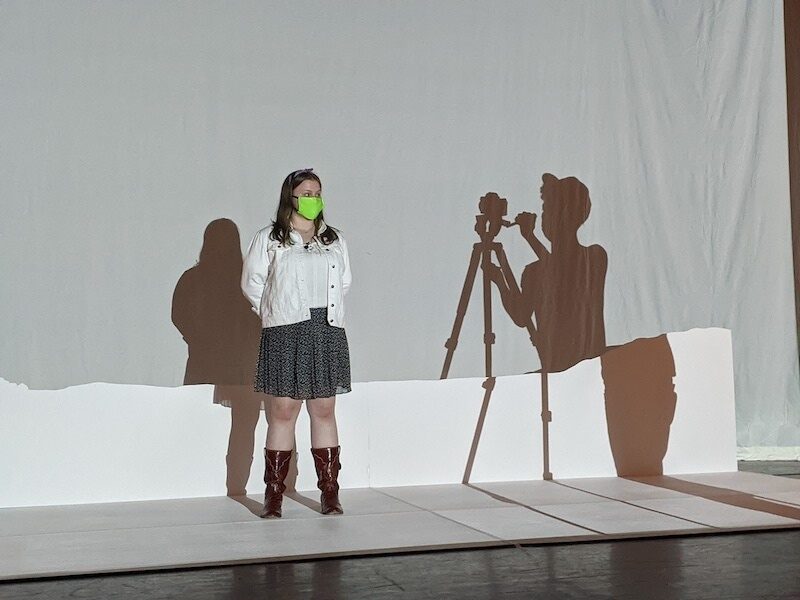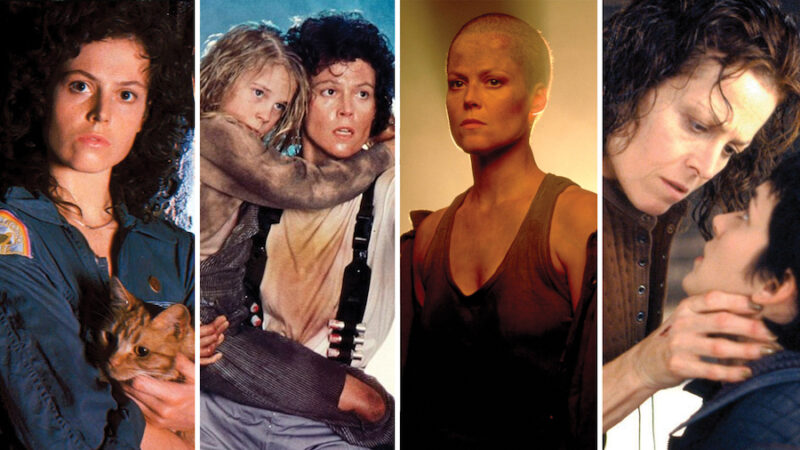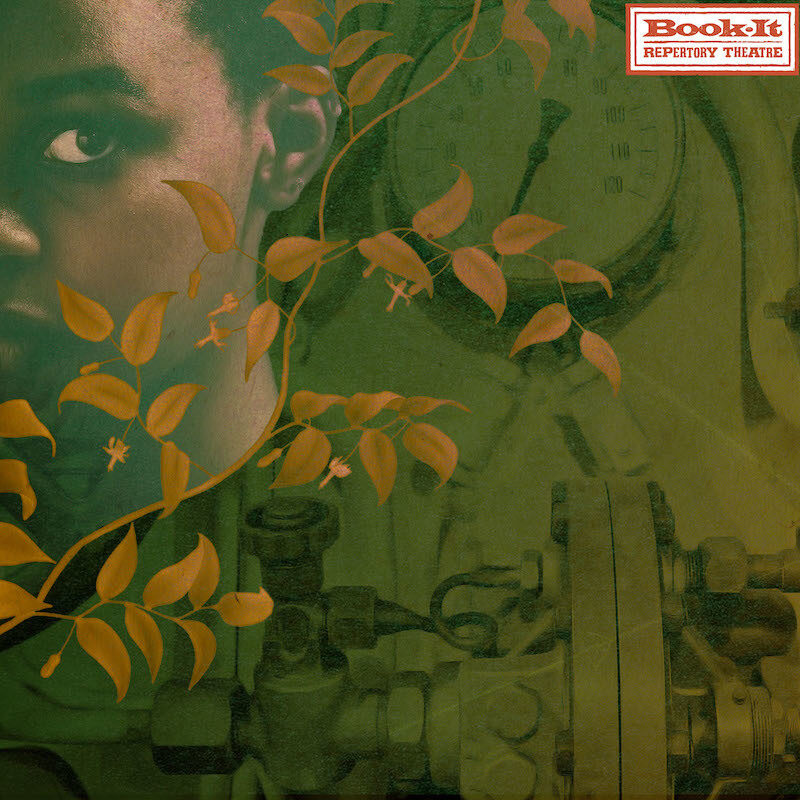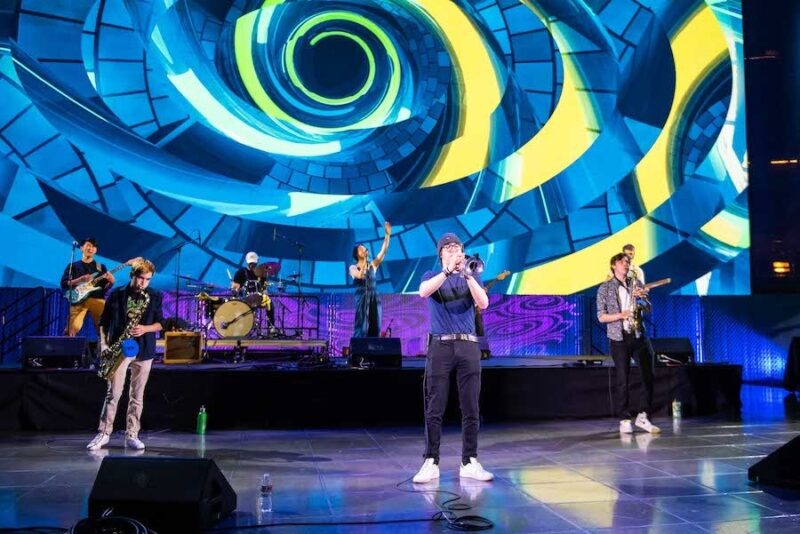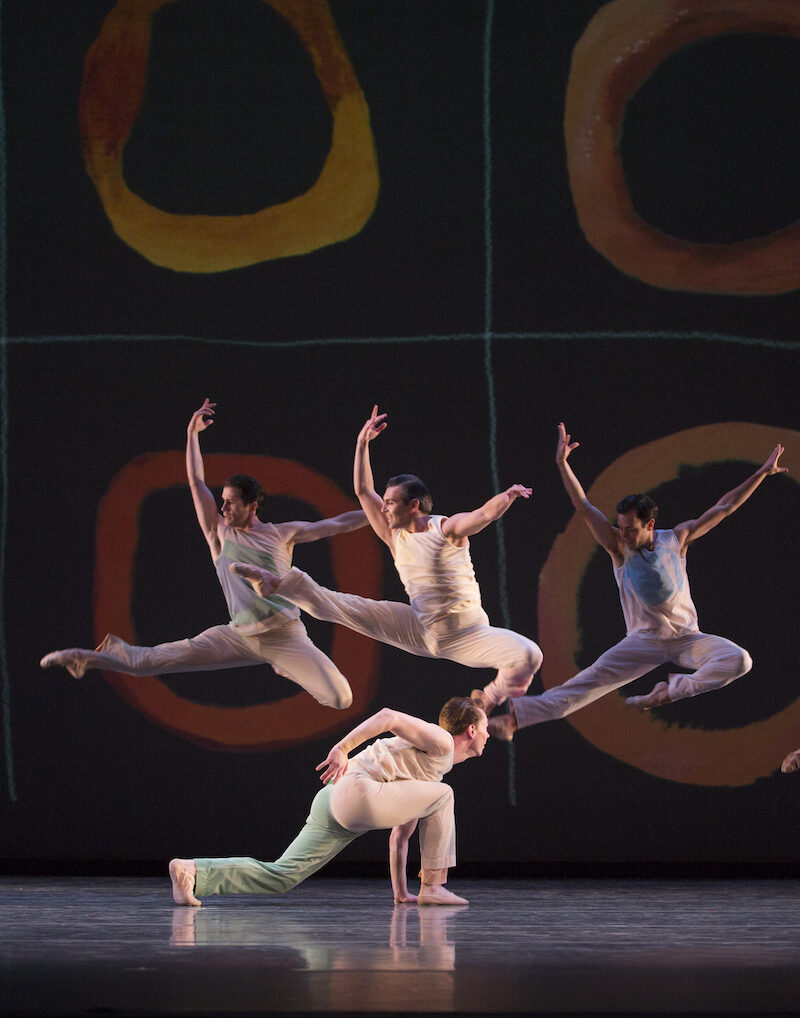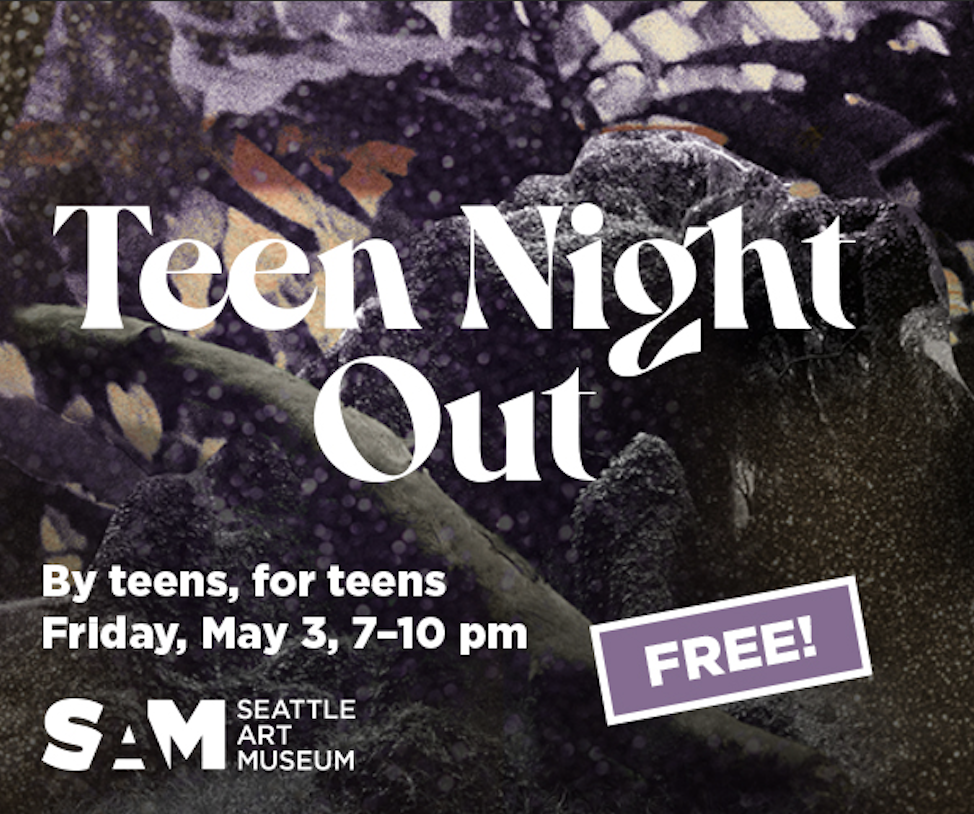Witnessing Human Vulnerability Through an Insightful Polish Production
Review of Never Gonna Snow Again presented by SIFF
Written by Teen Writer Malak Kassem and edited by Teen Editor Valentine Wulf
Never Gonna Snow Again is a Polish production directed by Małgorzata Szumowska and Michał Englert. The film emphasizes hardship, the challenge to accept personal flaws, and the battle to be one’s best self. Zhenia (Alec Utgoff) is a Ukrainian masseur who works in Poland. He gives massages that have radioactive powers, which work against high stress, exhaustion, and short-term depression by casting a spell and instantly putting patients to sleep, which is followed by great relief from the individual. Zhenia’s skills and powers are demanding in this uniformed, isolated town where houses are identical, door bells have the same tune, and the sky is never blue. The neighborhood lacks vibrancy, color, and driven individuals. Except for the sounds of clocks ticking in dining rooms and barking dogs going for walks, the neighborhood is hushed. The combination of lighting, sound, and the actors’ dull tones create an eerie atmosphere.Actors are in character and are in sync with one another. They live realistically within their roles. Never Gonna Snow Again’s characters are portrayed in a subtle and mysterious manner. Characters have an analytical mindset and are direct with the expression of their inner thoughts when it comes to their personal struggle and depression, especially around Zhenia. The people in this town are shameless and awkward in their interactions. Film still from Never Gonna Snow Again, directed by Małgorzata Szumowska and Michał Englert
Szumowska and Englert represent how the concept of internal struggle appears differently depending on the personality it affects. Zhenia had his own struggles and trauma. Zhenia is portrayed as a therapist, proving that therapists, counselors, and the people we rely on have their own stories too. A person behind closed doors is different from how they may seem in public. Everyone makes an enormous effort to represent their best selves in public spaces and platforms. It is not a coincidence that Zhenia refuses to be seen as an emotionally broken person except during this one instance, when he had drinks with the gatekeeper who is also Ukrainian. Perhaps Szumowska and Englert believe that it is only natural that people feel more comfortable around those who come from the same background, especially on foreign land. Immigrants and foreigners tend to create micro-communities to build a safe, gated, and trusted space for each other. Zhenia creates a bold, charming, and reliable image for himself which lures his patients to unfold and reveal their weaknesses in his company. Ironically, he is Ukrainian and they are Polish, going against the theory of trusting those from similar backgrounds. Zhenia is a one-way valve to vulnerability. Though he refuses to express vulnerability to others, they find him to be a confidant. The film highlighted some important motifs that are present in the real world that society tends to overlook, such as internal struggle, overcoming personal flaws, the challenge of living on foreign land, the importance of expressing yourself, societal pressures, the ugliness of the truth, and the realization that being hidden is better for your public image. The sun's lack of appearance in the movie symbolizes that happiness doesn’t follow people, but that people destined to be happy are the ones that go find it. Despite the film’s thoughtful ideas and messages, at times it was repetitive, and many scenes were predictable. There were some scenes that felt empty, and the movie would have been better without them. The story line was vague and there wasn’t a hook that had me at the edge of my seat. More dialogue and action could have improved the piece. Overall, Never Gonna Snow Again is a well thought out film with intriguing themes, but the slow pacing makes it hard to sit through. A short film could have gotten the same message across while keeping it engaging.

